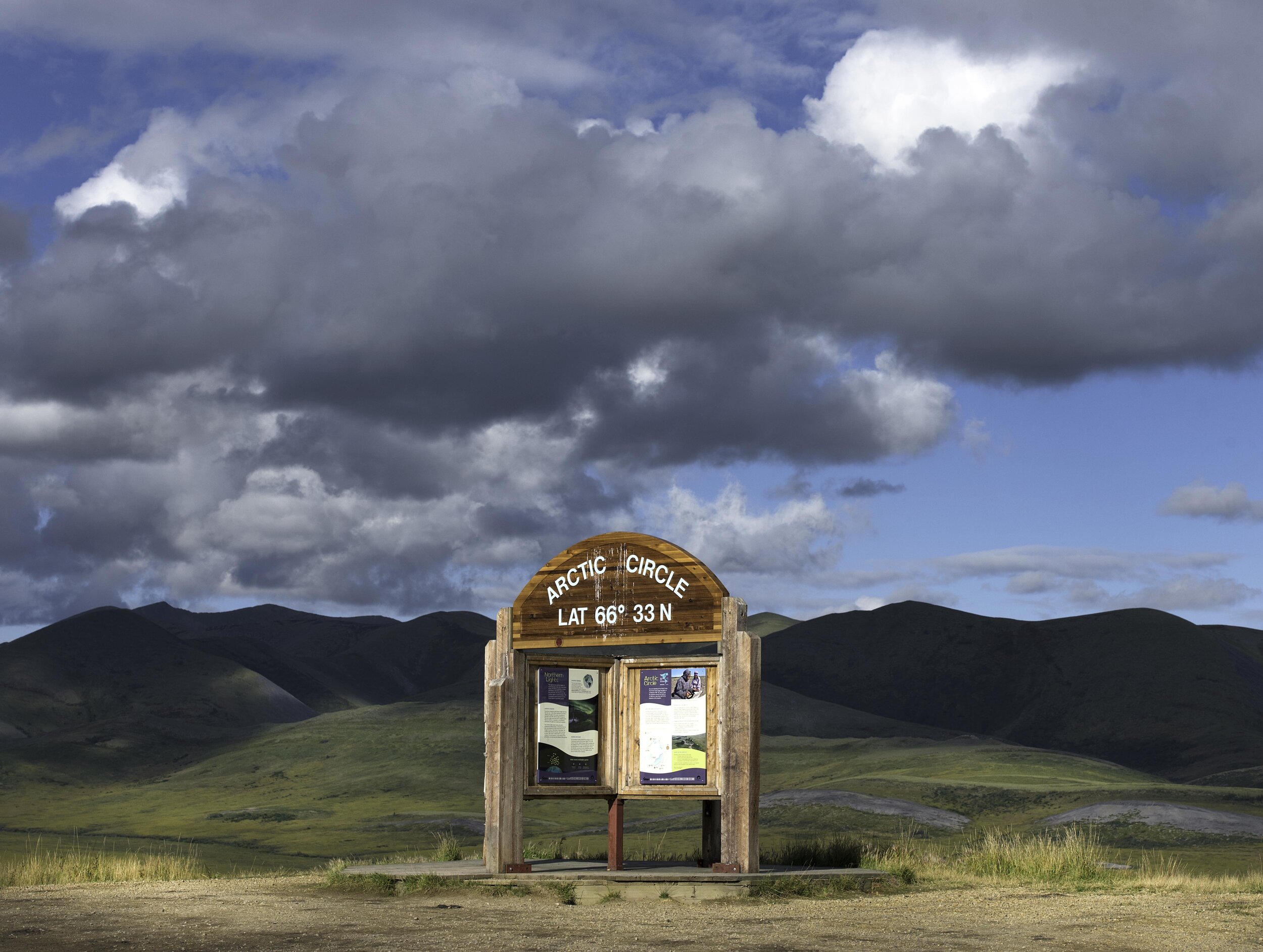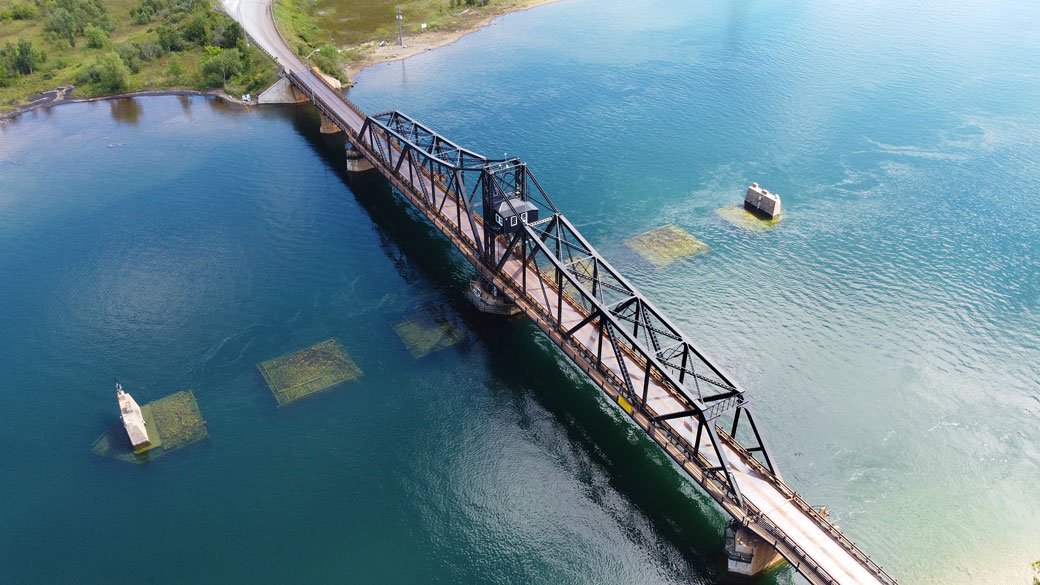Canadian Road Trip Packing List; Top Gear and Tips for Your Next Adventure
With stunning landscapes, wide open spaces, and tons to see and do, roads trips are the perfect way to explore Canada’s provinces and territories. While road trips can be an exciting adventure, it’s important to be prepared for long journeys on the road to ensure the best experience possible. From entertainment and navigation, to car maintenance and safety, ensure the best road trip experience with our Canadian road trip packing list.
Road Trip Packing List
Car maintenance and safety
Emergency roadside car kit – An indispensable item for car travel is an emergency roadside car kit. These kits often include repair essentials like flashlight, pylons, tape, gloves, tow ropes and basic tools. Some come with first aid kits and rain gear included as well.
Our pick big: Thrive Roadside Emergency Car Kit
Our pick small: CYECTTR Car Roadside Emergency Kit
First aid kit – An essential for any road trip, short or long, is an emergency first aid kit. Whether it’s a small glove box unit, or a fully-equipped kit, we definitely recommend having one in your car at all times.
Our pick: First Aid Kit - 200 Piece Safety Kit
CAA membership or roadside assistance – Roadside assistance is critical when your vehicle has reached the point of requiring professional service and repair. CAA offers affordable and reliable roadside assistance membership options, along with many other travel benefits. This gives you peace of mind wherever you are. Whether it’s a full-on breakdown, locking yourself out, or needing a quick boost, CAA membership is worth its weight in gold.
Emergency car maintenance - Jumper cables, a spare tire, car jack, tire iron, tire pressure gauge and extra motor oil are a good idea to have on hand for long road trips. Even if you don’t know how to use them yourself, the odds are that someone stopping to assist can make use of these items to help you on your way.
Windshield care – A microfibre car shammy is great to have on hand for wiping the inside of your windows. Disposable windshield cleaning cloths are also very convenient for cleaning off dust or dirt from the inside of your windshield (think driving down a dirt road with the windows cracked).
Our pick: MR.SIGA Microfiber Cleaning Cloths
Navigation
Offline maps – In areas with no reception, having an offline map detailing your travel route is essential. This may happen more often than you think, so being prepared will save you a lot of anxiety, and you will avoid getting lost.
Our pick: Maps.me
Physical map – While digital navigation is how we all travel these days, having a backup paper map is a good idea if you’re travelling to remote areas.
Tips: CAA members can pick up free paper maps at member service locations.
Tips: Printing directions from Google maps for storage in your glove compartment is also a good option.
Hands-free phone mount – To stay safe while navigating to your destination, it’s essential to have a hands-free mount in your vehicle.
Our pick: FLOVEME Magnetic Phone Car Mounts Holder
Entertainment Essentials
Music and podcast streaming services – Many regions, even those that may not appear remote, often have spotty or no data service. Keep the road trip vibe going and be sure to subscribe to a music streaming service where you can download music and podcasts for use offline.
Our picks: Amazon Music, Spotify, YouTube Premium
Hands-free speaker – If your vehicle is more than 5 years old, it may not be equipped with Apple Car Play, leaving you with limited in-car entertainment options, especially in areas with limited (or bad) radio options. A small compact portable hands-free speaker is the best way to keep the tunes going in your car. It’s also convenient for picnics, trips to the beach and for use in hotels or campgrounds.
Power bank – If you don’t have charging capabilities in your car, or if you have multiple devices that require charging, a power bank is the best way to ensure power for all your navigation and entertainment needs.
Our pick: imuto 20000mAh Portable Charger
Food, snack and eating essentials
Reusable water bottle – Stay hydrated and environmentally friendly and fill a few refillable water bottles before your trip. You can refill them in between destinations, and this will help you avoid veering off course to stay hydrated.
Cooler – Being able to stop at scenic points for lunch or snacks makes your road trip more flexible and enjoyable. Restaurants can often be hard to find, and some marked as open may not be when you arrive. A cooler with sandwiches, salads, fruit and cold drinks makes it possible to venture off the beaten path without worrying about finding food.
Hand-held snacks – Especially important if you’re travelling solo or if you’re the one behind the wheel, having driving-friendly snacks is very important. Foods like nuts, one-handed fruits (apples, peaches, plums, grapes), granola bars, juice boxes, yogurt tubes, trail mix and crackers are the best options.
Winter road trip essentials
Mini shovel and snow brush – Critical for any fall, winter or spring road trip in Canada is snow equipment. Some areas receive snow much earlier and later into the season (even as early as September and as late as June in some provinces and at some elevations). A good snow brush and a mini-shovel are the best ways to avoid being caught unprepared in bad weather.
Our pick snow brush: AstroAI 27 Inch Snow Brush and Detachable Ice Scraper
Our pick shovel: COFIT 47" Retractable Snow Shovel
Snow Tires - Before heading out in any winter conditions, be sure to install a good pair of snow tires on your vehicle. From November to April road conditions can vary, from snow covered roads to highways with patches of invisible black ice. Many Canadian provinces require snow tires during the winter months, however we highly recommend them from fall to early spring.
Blanket – Having a good warm blanket in your car is always a good idea, both for safety and for comfort. You never know if or when you may have to sleep in your car, or need to keep warm if something happens to your interior heating.
Clothing and accessories – Our rule is to always dress (or bring with you) the same clothing you would need to survive in the current weather conditions outside. If you get stranded on the side of the road, you have to keep warm until assistance arrives. Hand warmers, a lighter, warm hat and gloves or mittens are must-haves in the car for winter travel.
Our pick: Little Hotties Hand Warmers
Weather
Wiper fluid– No matter what time of year you’re travelling, having extra wiper fluid is a must for any road trip. We also recommend a funnel to make it easier and quicker when you need to top up. These are inexpensive and well worth it.
Good pair of wiper blades – Probably one of the most important parts of your road trip equipment is your wiper blades. Heavy rain, snow, and mud are all definite possibilities while on the road, and not being able to see out your windshield can be dangerous, not to mention stressful. While not something everyone thinks of, an extra pair in your trunk is also a good idea. If your wiper blades get damaged in a remote area, it could be a trip ender.
Our pick: Rain-X Weatherbeater Wiper Blades
Sunglasses – A pair of good sunnies (and a backup) is highly recommended. Your car’s sunshade won’t always do the trick, especially if you’re heading directly into the sun at the start or end of a day.
Rain gear – Having a pair of rubber boots, umbrella, and a good raincoat/poncho is always a good idea on long road trips. Some gas stations in small towns will leave you filling up uncovered, and for any emergency in the rain you’ll want to stay dry.
Our pick boots: Waterproof Rubber Rain Boots
Our pick packable poncho: SaphiRose Hooded Rain Poncho
Our pick for travel umbrellas: Repel Umbrella Windproof Travel Umbrella
Water-resistant flashlight – You never know when you’ll need to inspect something on the exterior of your car during inclement weather. A waterproof flashlight is always good to have on hand
Our pick: Dorcy Waterproof LED Flashlight
Personal care
Keep clean – Having hand sanitizer, Kleenex, toilet paper, baby wipes or paper towels on hand is always a good idea for any road trip. Whether it’s for cleaning up spills in the car, for meals on the road, or impromptu bathroom stops, you won’t regret packing a few cleaning items. A plastic bag for garbage is also good to have when roadside stops are limited, and a Ziploc bag with a small piece of soap is good when roadside bathrooms are a bit primitive.
Bug spray – You never know when you’re going to get out your car to fill up and encounter a cloud of bloodthirsty mosquitos. Having a small can of bug spray on hand is a smart idea, and is also good for impromptu hikes or treks up to sunset lookouts.
Medications – If you’re travelling to remote areas, pharmacies can be few and far between. Bring a good stock of common medications that you may need, like pain relievers, anti-nauseants, anti-diarrhea and antacid medication, as well as an adequate supply of your own personal prescription medication.
Miscellaneous items
Coins – While it may seem archaic, there are still cities and towns where coins are required for parking meters. Having a good stash of quarters, loonies and toonies on hand is also useful for car washes, vacuum stations, air tire pumps, vending machines, and for emergencies when electronic payment isn’t available or is down. We recommend keeping a minimum of $20-worth on hand.
*Disclosure: As an Amazon Associate we earn from qualifying purchases.








